The History of W. Göbel Porcelain Factory
In 1871, in the Thuringia region of Germany – an area known for its exquisite porcelain – Franz Detleff Göbel and his son William lived in the historic town of Öslau. Franz was a porcelain wholesaler with great ambitions and, together with his son, he founded Göbel Porcelain Factory.
Initially, the factory's production only included chalks and marble balls for children, as the economy did not allow for porcelain production. Additionally, the Duke of Coburg opposed the establishment of a porcelain factory in the town due to the fear of fire. Despite these challenges, Franz D. Göbel was unwavering in his goal. He had carefully chosen Öslau because of its direct access to rich clay deposits, a large workforce, and water supply from the Röden River.
After a few years, Franz managed to convince the duke and was granted a piece of land on the outskirts of Öslau to build the factory. The first building was completed in 1876, and the first kiln was lit the same year, marking the start of Göbel's porcelain production.
Development and Global Expansion
In the early years, Göbel specialized in the production of fine tableware and figurines. Over time, Franz Göbel delegated more tasks to his son William, who had a natural ability to spot new trends. William expanded the company's production and sent his 16-year-old son, Max Louis, to America to study the American market and identify new trends. This move proved crucial in developing a product line tailored to the American market. William also initiated the factory's production of porcelain figurines, which today is the mainstay of the company.
Max Louis, who was energetic and confident, worked for major American companies like Marshall Field before returning to Öslau in 1911 to take over the family business after his father's death. Under his leadership, Göbel adapted to industrialized Europe in the 20th century, focusing on meeting the tastes and economy of the working class.
Max Louis recruited some of Europe's finest sculptors and developed friendships with contemporary artists. He used popular artwork as the basis for decorative figurines. Despite the devastating inflation following World War I and the closure of many German companies, Göbel survived thanks to continuous innovation and renewal.
Max Louis Göbel's sudden death and the simultaneous stock market crash in the USA in 1929 nearly brought the company to its knees. This period marked the end of an innovative era for Göbel. Behind the scenes, Max Louis' son Franz Göbel and his son-in-law Dr. Eugen Stocke stepped forward to lead the factory through the impending economic storm. With the world, and particularly Germany, severely affected by high inflation, Göbel faced serious challenges. Despite this, the company managed to maintain operations, and their persistent innovative approach played a central role in the factory's survival. During these upheavals, Öslau, the town where the factory is located, was renamed Rödental.
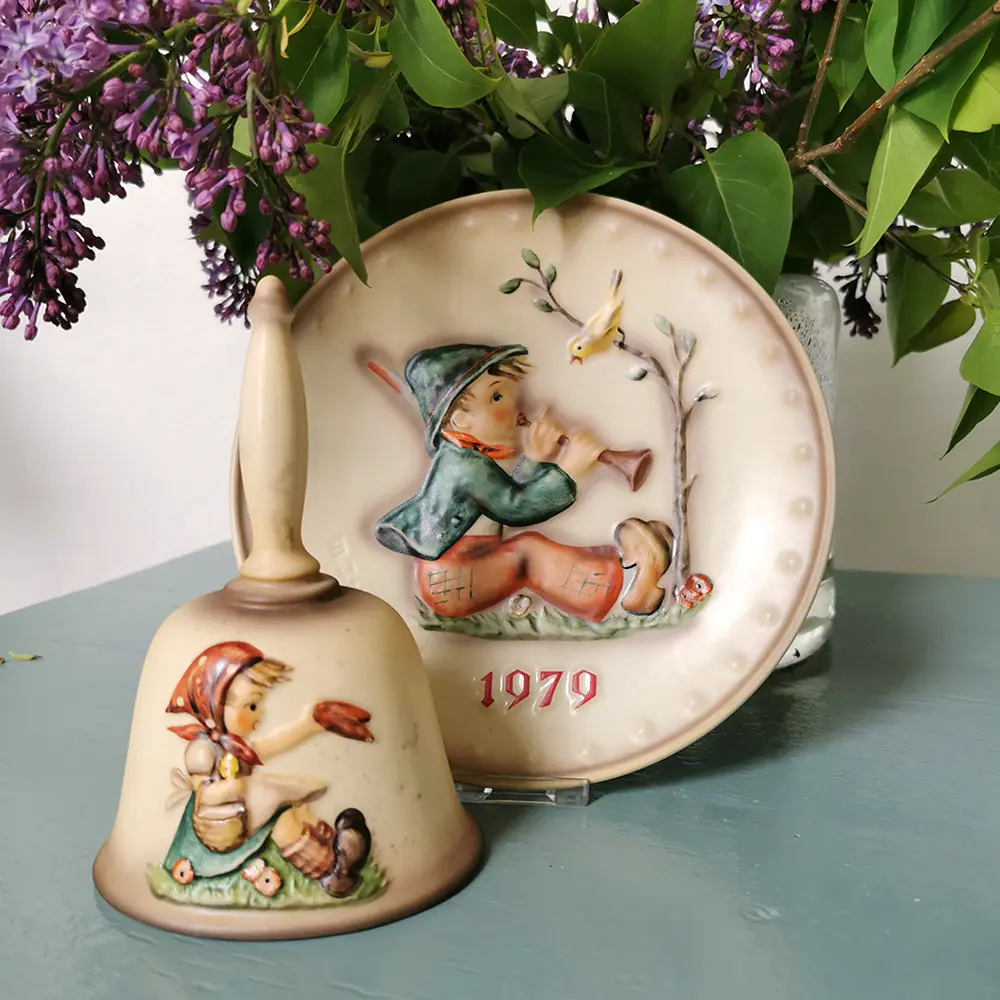
From Idea to Icon: The Creation of Hummel Figurines
Like his grandfather William Göbel, Franz Göbel had a natural talent for understanding what people wanted, and in the 1930s he realized that the factory needed a new product. Inspired by art cards depicting small happy children in charming line drawings, he suggested creating porcelain figurines based on these drawings. He felt and thought that if figures were created from the characters in the drawings, the sweetness, joy, and innocence of the "figures" could bring comfort and encouragement to the troubled German people during the crisis and pre-war years of the 1930s. The drawings were originally made by the Franciscan nun Maria Innocentia Hummel. After productive meetings and negotiations with Maria and the Franciscan convent in Siessen, Göbel began an exciting period of developing the Hummel figurines.
Maria Innocentia, together with Göbel's artists, developed an entirely new color palette of glazes that suited her figurines. On January 9, 1935, an agreement was signed, giving Göbel exclusive rights to produce and sell the figurines. This date is marked as the official birthday of the M.I. Hummel figurines.
The Hummel figurines were first presented at the Leipzig Spring Fair and achieved immediate success. During World War II, all civilian production in Germany was halted, and Göbel was instead ordered to produce equipment for the German army. Despite many factories being bombed during the war, Göbel survived, and production of Hummel figurines resumed immediately after the war. This resumption ensured that the popularity of the figurines did not wane.
After the war, when Germany was divided, the Göbel factory ended up in the American zone. American soldiers quickly took a liking to the Hummel figurines, which were sold both locally and exported to the USA. The factory suffered a blow when Maria Innocentia Hummel died of tuberculosis in 1946, only 37 years old. Fortunately for the factory, she had left behind many drawings that Göbel could use as the basis for new figurines. A new agreement was signed with the Siessen convent, which now has the right to reject the production of a figurine if they do not feel it reflects Hummel's style.
In 1971, Göbel introduced the first M.I. Hummel annual plate, which quickly became a success among collectors. Göbel's Collector's Club was established in the USA in 1977 and was renamed the M.I. Hummel Club in 1989, by which time the club had reached 300,000 members.
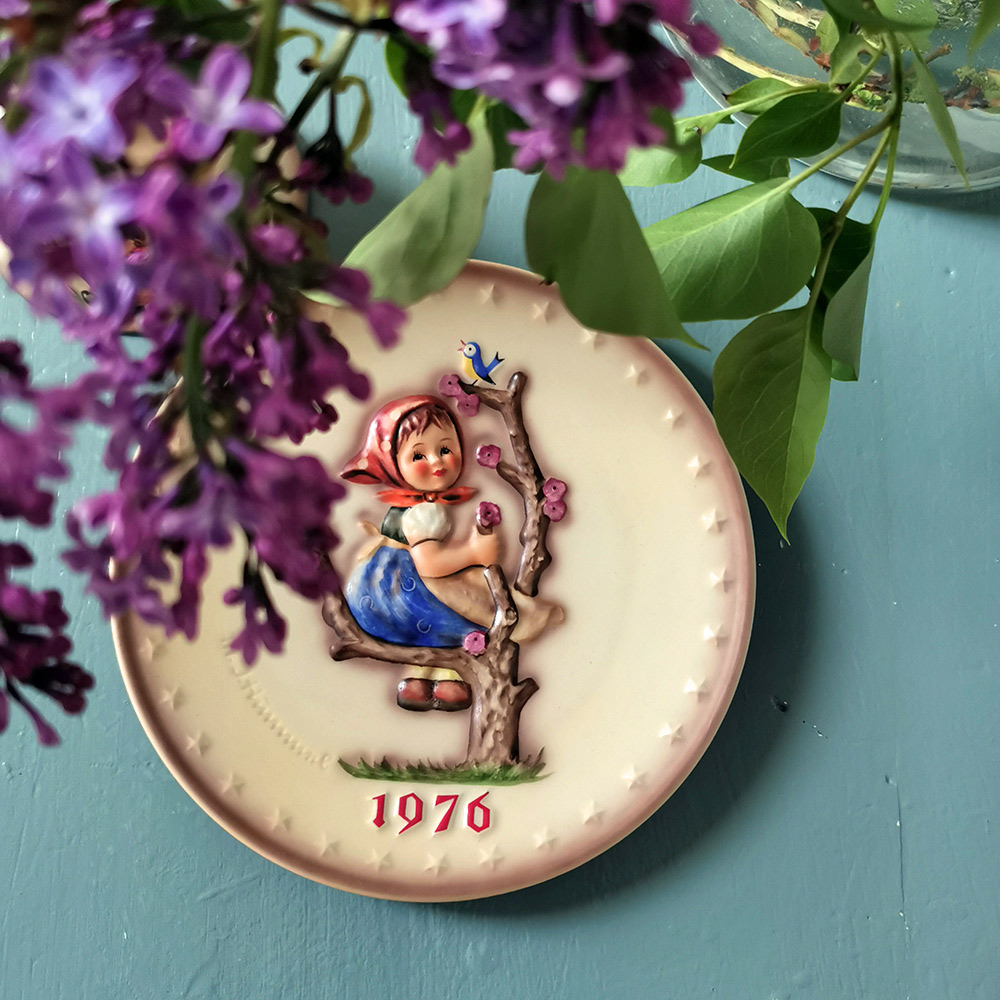
Göbel Porcelain Factory Today
Göbel Porcelain Factory, now renamed Göbel Porzellan GmbH, continues to produce a wide range of porcelain products, from art-inspired collectibles to everyday items. The company is known for its collaborations with both classic and modern artists, bringing unique designs to the market. They offer everything from coffee mugs to limited edition sculptures, popular among art collectors.
Göbel has also maintained the production of the iconic M.I. Hummel figurines through a partnership with Manufaktur Rödental. Based in Bad Staffelstein, Germany, Göbel continues to be an important player in the international porcelain market.
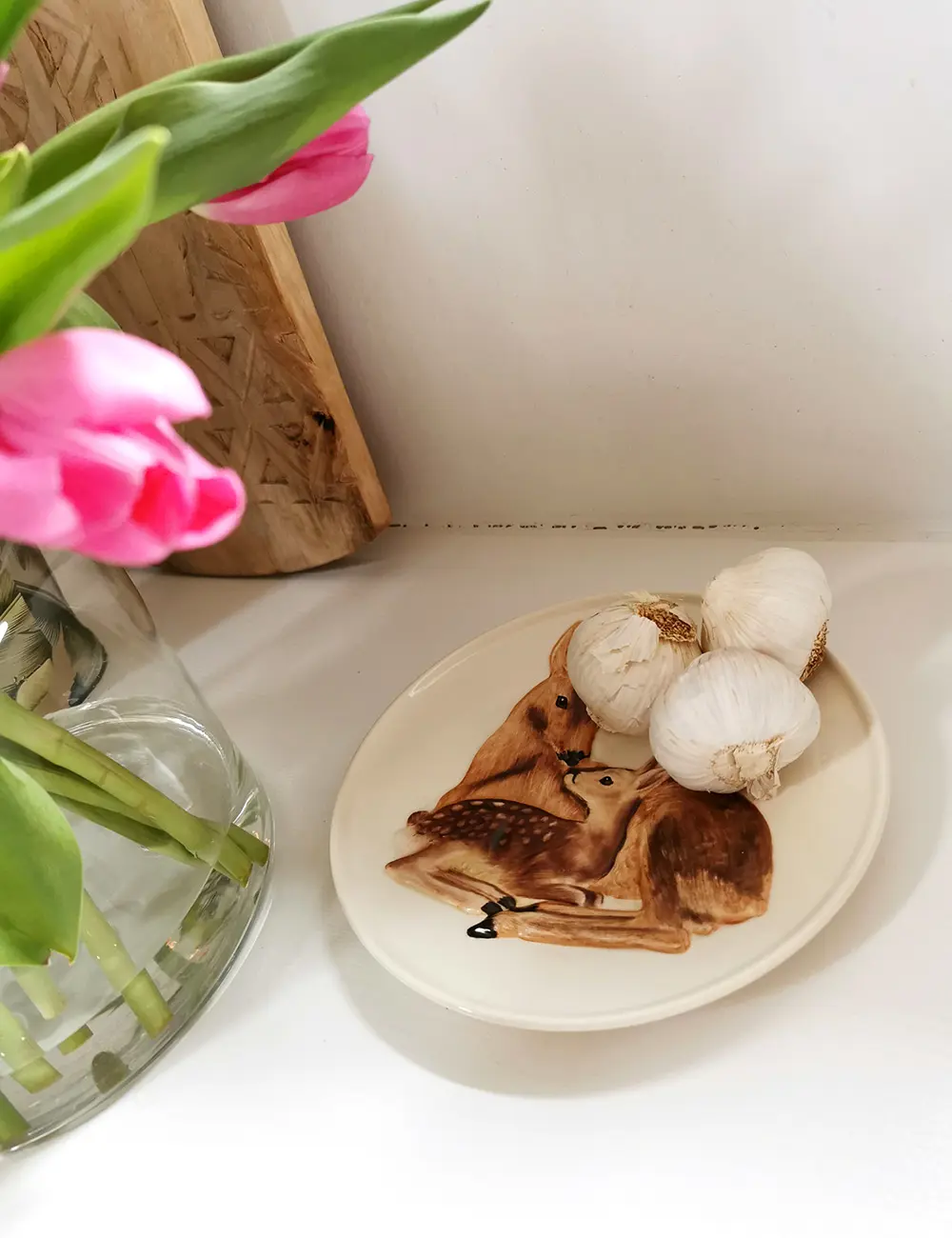
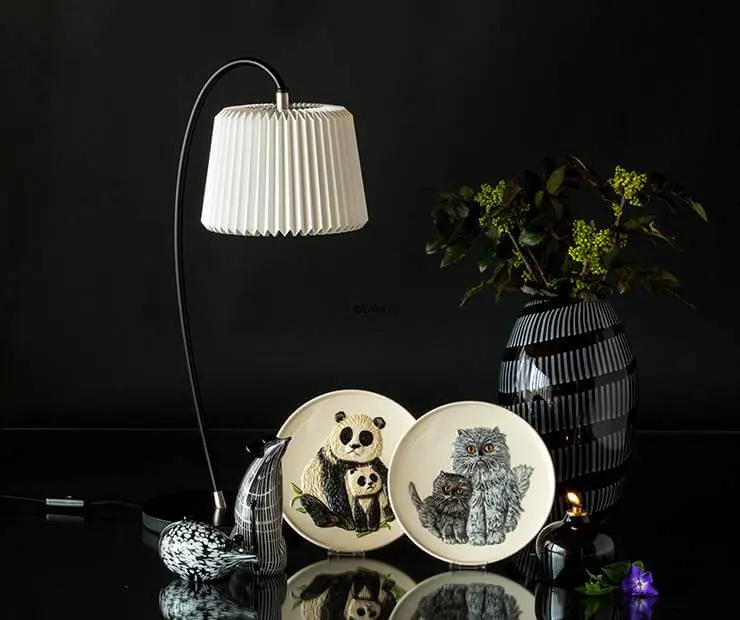
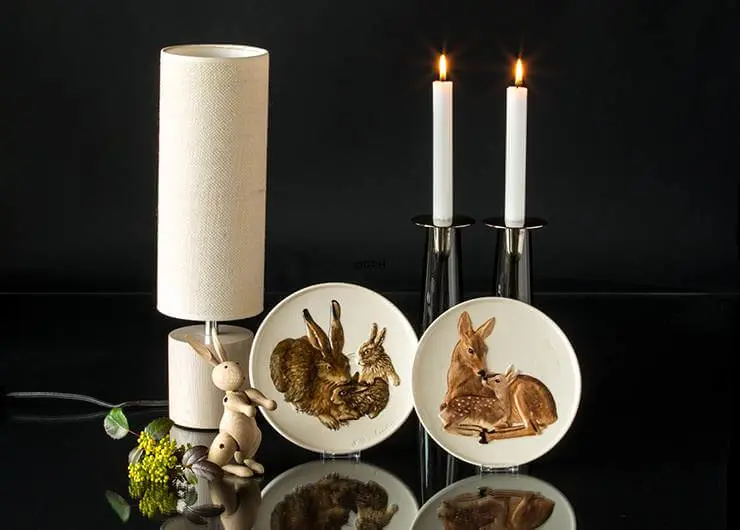


 We are e-approved
We are e-approved





